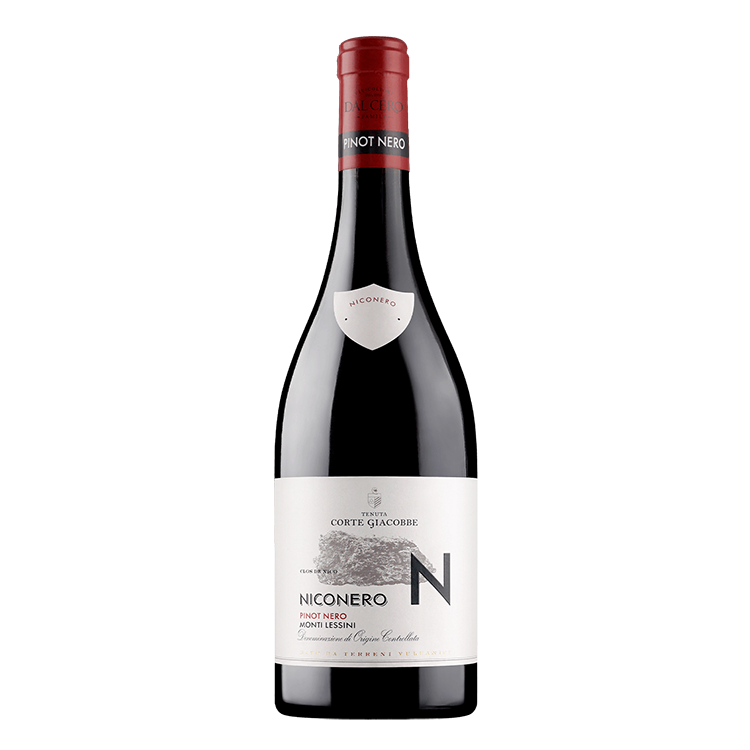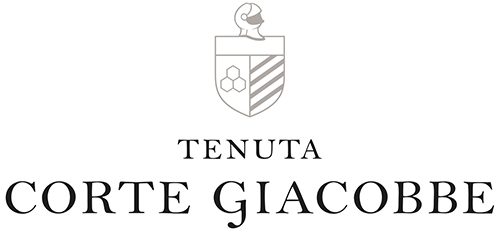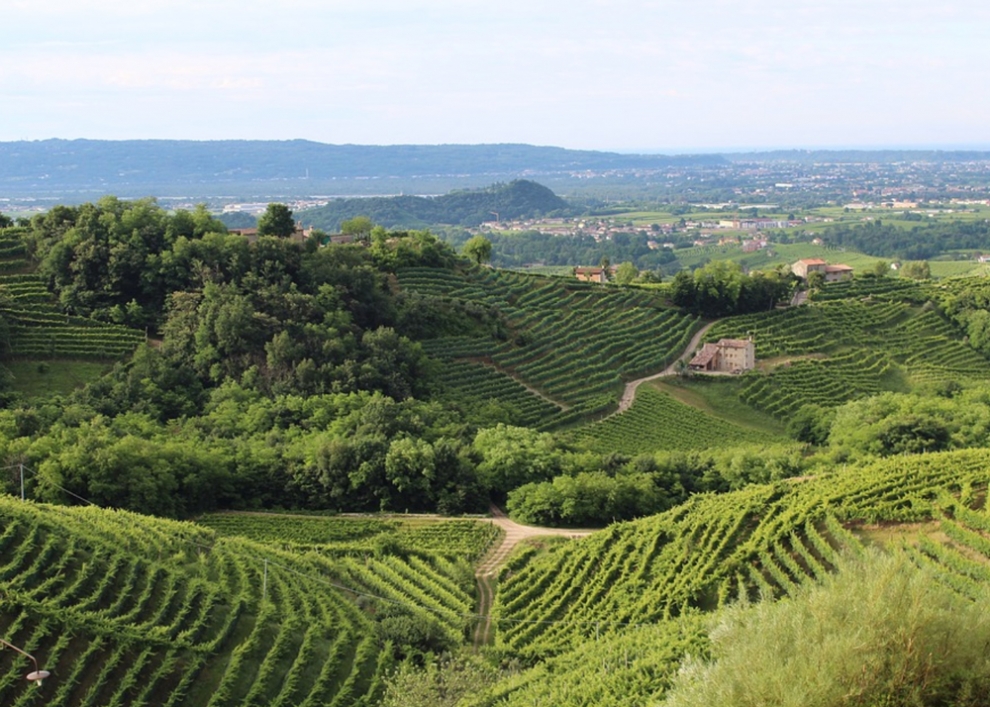Wines
Pinot Nero 'Niconero' doc 2019
Nico’s deep passion for Pinot Noir is what gave birth to this wine, and what makes it truly distinctive are the volcanic soils that yield it. Such a marriage between passion and tradition can only produce a very special wine. Niconero, the Pinot Noir dedicated to Nico.
| VINIFICATION | As they arrive in the winecellar, the grapes are immediately subjected to quality-selection on a sorting table, and only the finest-quality berries are transferred, with no use of pumps, to concrete vats. There they ferment at 20-22° C then macerate at about 22° C for about 15-20 days, for a total time of 25-30 days in the vats. Malolactic fermentation follows, partly in concrete and partly in oak. |
| MATURATION | A 12-16 month maturation takes place partly in French oak barrels and tonneaux and partly in concrete, under controlled temperatures. After bottling, the wine receives further ageing before release. |
| SENSORY PROFILE | Appearing a limpid ruby red, Niconero boasts a complex bouquet of wild red berries, orange peel, dried rose petals, mentholated talc, rhubarb, black licorice, sandalwood, medicinal herbs, sweet spices, caramelized almonds, incense, that concludes on a note of pine resin and balsam. In the mouth, it is succulent, crisp, and vibrant, with all its fruit on a luscious display. Every sip of this intriguing and elegant Pinot Noir unleashes a torrent of sensations, which testify to its being purely and uniquely Pinot Noir. Impeccable, forthright, and minerally, it expressively embodies the volcanic earth into which it sinks its roots. |
| SERVING SUGGESTIONS | Tagliolini with truffles, game birds, lamb chops, beef tartare, mushroom dishes, game-sauced first courses, and rabbit alla cacciatora. When served cool at 12-14° C, delicious with fish soup, red tuna steaks, or grilled eel. |
| SERVING TEMPERATURE | 12-16° °C |

Tenuta Corte Giacobbe
The vineyards surrounding the ancient Corte Giacobbe are located on the slopes of two extinct volcanoes, Calvarina and Crocetta: soils generally of volcanic origin, composed of lava and tuff, rich in micro-elements.
In the estate's own vineyards, Garganega, Durella, Pinot Noir and Pinot Grigio vines are cultivated under the careful care of the Dal Cero family.
The particular geological history characteristically influences the mineral and organic constitution of the berries, determining the strong aromatic and mineral characteristics of the grapes and the pleasant sapidity of the wine.
Specifically, Corte Giacobbe's Cru wines are the fruit of vineyards grown on the volcano's summit in soil characterised by high mineral content.

Veneto
Veneto’s wines are some of Italy’s best known exports – the names of Soave, Bardolino and Valpolicella have long been associated with eminently drinkable Italian wines. Yet there is a lot more to this region, and indeed a lot more behind the names of its best known wines. With 26 DOCs and 13 DOCGs, Venice’s region has a substantial production of quality wine, as well as well-priced easy-drinking reds and whites bottled as IGTs. One of Italy’s most interesting wines is a product of these three grapes, the deep, dark Amarone della Valpolicella, recently promoted to DOCG status. Made from partly dried grapes in the vineyards north of Verona, it is a structured, complex and heady wine capable of great age that has gained a cult following among the wine industry’s elite.
In Treviso, north of Venice, are the towns of Conegliano and Valdobbiadene where the popular bubbly Prosecco is made using the Charmat method where the second fermentation takes place in large tanks.
In 2009 Prosecco di Conegliano e Valdobbiadene has become DOCG, encouraging reduced yields in the vineyards. Prosecco is also produced in the neighbouring Montello e Colli Asolani zone. White wines from Pinot Grigio, Sauvignon and Chardonnay are gaining in popularity and recent versions are responding well to oak ageing.


